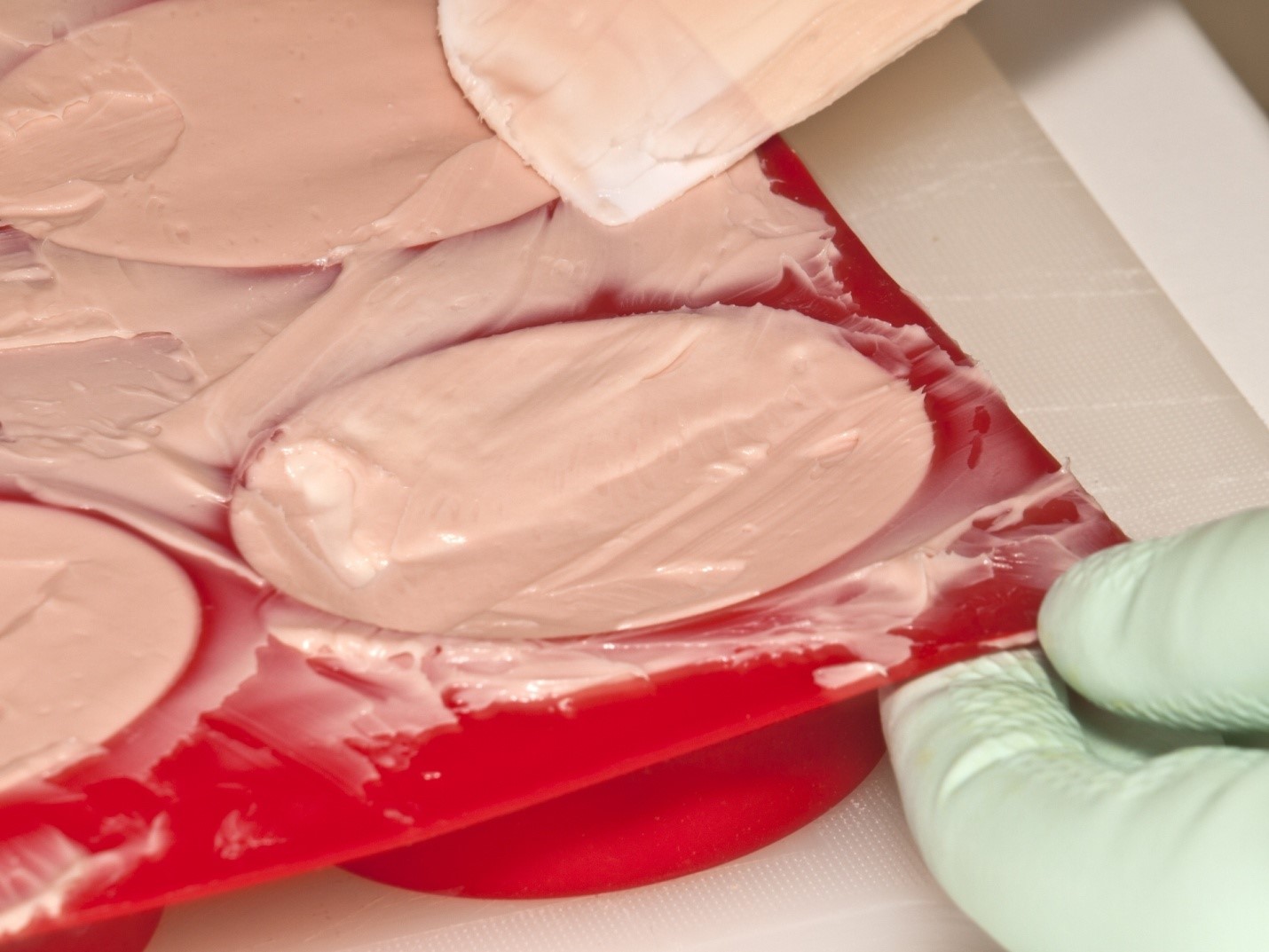They sound very similar, but silicon and silicone are in fact very different substances. The names can lead to some confusion, so let’s take a closer look at the two in order to understand their different properties and different uses.
![]()
Silicon
Let’s start with silicon. It’s a naturally occurring chemical element – 14th on the Periodic Table for those who like to know these things. It’s part of a group of substances known as metalloids; these combine the properties of both metals and non-metals.
![]()
For something you haven’t ever given much thought to, silicon is surprisingly common. It rarely exists in nature on its own, but it’s found in many stones, including quartz, agate, jasper and opal, as well as in sand, asbestos and clay. It’s a key ingredient in making steel, glass and concrete too, and silicon carbide is one of the most common abrasives.
Where you are most likely to encounter silicon in its pure form these days is in electronics. This is because it’s a semiconductor, meaning it can conduct electricity some of the time. Silicon becomes more conductive as it warms up, and it can be melted to form wafers which form the basis of microchips.
Silicone
Silicone is a very different substance – though it does have silicon in it. It’s a synthetic substance made of a number of elements like carbon and hydrogen, plus silicon and oxygen. Silicone has a soft flexible texture or can be liquid.
One common use is silicone moulding from suppliers such as http://www.meadex.co.uk, because it’s soft, pliable and has useful properties, including electrical insulation, heat resistance and a low level of toxicity.
Its heat resistance and non-stick properties mean silicone is often found in kitchenware as coatings on utensils or as tongs. It has many uses in the medical sector too, from implants and contact lenses to flexible wound dressings. You’ll also find silicone used in lubricating sprays and greases and in sealants for things like baths and fish tanks.
We hope we’ve demonstrated that although they sound the same and they have some things in common, silicon and silicone are very different substances. Unless you want to end up with a non-stick computer or a microchip frying pan, it’s important not to get them confused.



